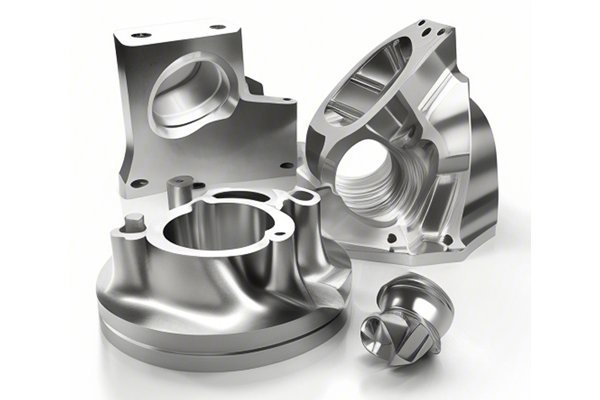: The Rise of CNC Machining
Did you know that CNC (Computer Numerical Control) machining has revolutionized the manufacturing industry, contributing to advancements in precision engineering and production efficiency? In fact, market research estimates that the global CNC machining market will reach approximately $100 billion by 2026, highlighting an increasing reliance on automated manufacturing processes, especially in industries that require high precision such as aerospace, automotive, and medical device manufacturing.
However, while the benefits of CNC machining are clear, the challenge remains on how to optimize the machining process for plastic parts to ensure accuracy and reliability. This blog explores in detail the techniques, solutions, and considerations that can help enhance the accuracy of CNC machining for plastic components, a task that is far from trivial but critical for quality production.
Understanding CNC Machining for Plastic Parts
CNC machining involves the use of computer-controlled tools to create precise components. It is widely employed in working with various materials, including metals, wood, and plastics. The plastic industry, in particular, benefits from CNC machining due to the material’s versatility in applications ranging from automotive components to medical devices.
Types of Plastics Commonly Machined Using CNC:
When machining plastic parts, the challenges differ significantly from working with metals. The softer nature of plastics can lead to issues such as warping, melting, and brittle failure if not handled correctly. Therefore, understanding these behaviors is critical for achieving optimal results.
Key Factors Affecting CNC Machining Accuracy for Plastic Parts
Strategies to Improve CNC Machining Accuracy for Plastic Parts
Choosing the most suitable plastic for the intended application starts with material properties.
Preparation involves ensuring the material is free of contaminants and pre-conditioned for machining. This might include drying if working with hygroscopic plastics like nylon.
Utilizing special tooling designed specifically for plastics can greatly enhance the accuracy.

A properly set up CNC machine ensures the highest degree of accuracy. Key calibration points include:
Heat management is crucial when machining plastics. Overheating can lead to melting or warping. Techniques include:
Each plastic requires a specific balance of spindle speed and feed rate. Manufacturers should conduct tests to determine the optimal settings:
Regular monitoring of tool wear should be part of the manufacturing process.
Humidity, temperature, and machining vibrations can significantly impact CNC machining’s accuracy.
Challenges in Enhancing CNC Machining Accuracy for Plastics
While advancements in CNC technology continuously improve machining capabilities, challenges persist:
: The Path to Precision in CNC Machining
In conclusion, CNC machining of plastic parts presents unique challenges but also offers numerous opportunities for innovation and improvement. Through careful material selection, precision tooling, meticulous machine setup, effective cooling systems, and continuous monitoring of tool wear, manufacturers can significantly enhance their machining accuracy.
This blog serves as a reminder of the essential techniques and considerations required in the CNC machining domain, emphasizing the significance of attention to detail throughout the entire process. By adopting these best practices, manufacturers not only elevate the quality of their plastic components but ultimately contribute to more sustainable and efficient production methods.
As CNC machining continues to evolve, investing in knowledge and strategies will be paramount in staying competitive in the ever-changing manufacturing landscape.
Whether you are a seasoned CNC machinist or a newcomer to the industry, remember that understanding the nuances of working with plastics will lead to greater accuracy and reliability in your products—a critical advantage in today’s high-stakes manufacturing environment.






